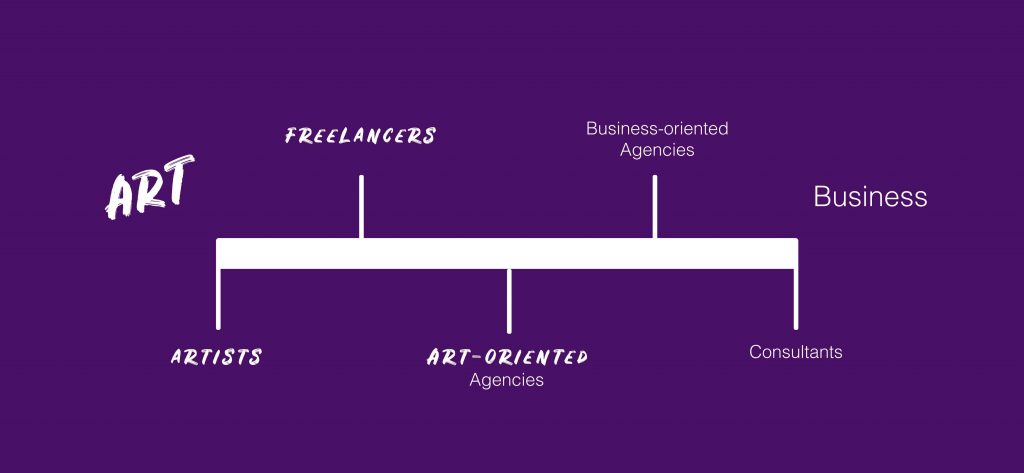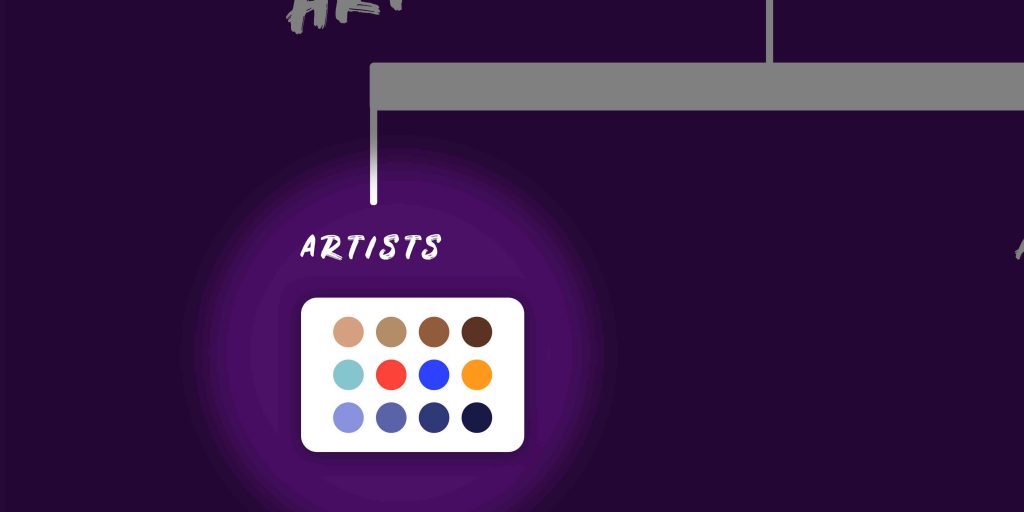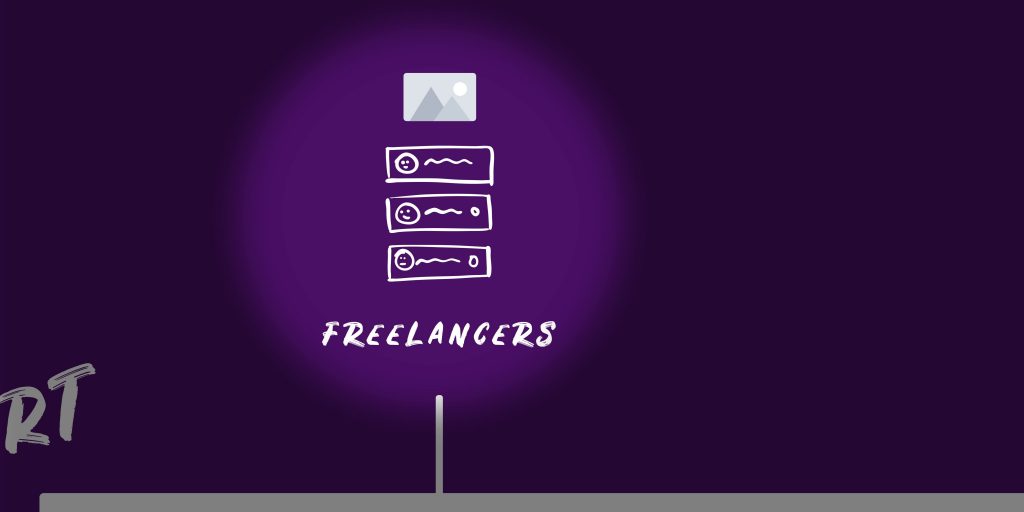So you’re in a situation where your company needs an updated visual identity, website, logo or a revamped app that will convert better.
Maybe it’s more than that: advertising needs or the branding dimension needs to be added/enhanced.
I’m writing this from the agency’s side. I work with SaaS companies mostly and we don’t take up on all our leads — that is, we turn down work.
That happens if I feel like there’s not a good fit or if I feel like the other party can be benefitted better from another vendor. Such cases would mean:
- their budget is too low (rarely too high)
- they want it “fast and perfect”
- they are unsure themselves whether to engage and need to have extensive conversations only to postpone the decisions within themselves
- their attitude is “What can you do for me?”
- there’s no “business reason” for an engagement (i.e. they want their product just to look prettier)
- they want fancy graphics stuff that would blow Hollywood’s explosions out of the water
These are some quick examples that, during my past interactions with people, turned into red flags. With this bullet list I basically encoded the rest of the post but stick with me if it doesn’t make sense.
If any of these is you, don’t feel afraid to be yourself: there’s a match for everyone thanks to the internet. This is just what my agency says yes or no to and probably other professionals. But this is what I’m saying: maybe you don’t need a professional and that’s okay.
Here’s what I’d look for
First of all, why do it?
Why not leave things where they are exactly right now?
I’m asking this because if there’s not a substantial business reason for an engagement, you’re probably going to be catered by a rarer type of agency (they’re more common these days though! I’ll explain why I think that is). Depending on what you want, you’re going to be looking for a specific type of agency (or maybe individual).
Think of it like a spectrum. On one end, you’ve got extreme art. On the other one, you’ve got extreme business.

Individuals
Let’s say art is on the left extreme. Here you’ve got — naturally — artists, i.e. individuals who pretty much honed their craft and didn’t want to spend that much time for anything else. You see them doing extremely nice stuff.

On the right end, these are what you and I commonly know as consultants. It makes sense, I think — they spent time (usually) doing business and then doubled-down on the intelligence in that field. Not a creative agency but they’re part of this spectrum.

What you might call freelancers are people who are at the 1st quarter of this line. They know their art and because they’re not hired, they had to learn

As opposed to an artist, they had to learn stuff like invoicing, paying taxes, lead generation, creating and maintaining a reputation, looking for clients etc. I’m not saying artists are devoid of this but freelancers have been pushed to learn this.
They’re one step away from creating an agency much like you and
Agencies
And now finally, where we wanted to be: agencies. Think of them ranging between 50% and 75%, but really some of them are at 30% (I’ll explain in a second).
Business-Oriented Agencies

Those closer to the right end are agencies ran by people who know not only design (or are at least aware of it) but also
Because of that, they can understand why you want to make a move — with that new customer service campaign, say. Not only they understand but they also facilitate the conversation. In practical terms, it’d mean that with these people you don’t get quarrels about trivial stuff like:
- “Do you want blue or red over here?”
- “This page is not pretty enough”
- “We have to… make it look sexy”
No, you get to talk to them about CLV, MRR/ARR, user churn rate and you might even get to disclosing your EBITDA! Shocking, I know.
With this kind of party, art is not put aside — it’s just adapted to conform to a business goal. Whereas others that are closer to the left end of the spectrum I drew above are looking to deliver “a trendy cutting-edge website with modern graphics”, these people will be looking to set a business target: reduce user churn, for instance.
The big con? They’ll cost you the most. But hey, if you’re using your judgement and pick the right one, they’ll also bring you value and look to capture a part of what they provide. That’s fair and win-win.
The big pro is that they’re lifting much more risk from your side and it’s just a matter of having the capital (given that you’ll be able to pick the right ones, which is what these posts are about!) to invest and the trust to be deployed.
Art-Oriented Agencies

This is what mostly either tech companies or the advertising/marketing branch of a big company might look for. They’re made of designers that come together under one banner: to make more art (and less money sometimes).
What they do is they take art to another level. You find them on websites like behance.net or dribbble.com, which are social networks for designers. They are at the top of their creative game and do stuff that will make go “wow”.
I said mostly tech companies look for them because lawyers, golf clubs or accountants don’t really need fancy graphics and sleek interfaces. At least not on the level that magicleap.com needs. The only ones who need those are — you guessed it — other tech companies.
Paypal.com won’t need what Clifford Chance will need.
The big con? You’ll probably need to steer the business wheel, if need be. And chances are you don’t hire them simply for a project that has to look “cool” and that’s it, so need probably is.
The big pro? You’ll get something that you can stick in your friends’ faces for a year until you go bankrupt. I’m joking here but yes, you’ll get something that’s higher on the nice side than on the business side

All I said about this category so far applies to anything your company might need out of marketing. If you need a new video that’s computer generated (likely with a story about your brand), they’re the go-to without a doubt.
I said this category is placed at around the 50% mark on that spectrum but some of them are so focused on the art and less so on the business side that they’re easily at the 30% mark — these are the people that just want to be given the free rein to create and that’s all they care about.
Earlier I mentioned there are more of them — I suspect that is the case as we’re in the late stage of an economic cycle where more people have money.
Therefore, more companies can afford nicer creative projects, which are a luxury as you’re trading time, focusing on the sexy brightly-red coloured call-to-action button, instead of seeing how to save your lost customers.
The bottom line
In a nutshell it goes like this.
Very artful: they’re employed and if not they’re looking to get employed. Tip of the spear for creative work.
Artful with a tiny bit of business: freelancers
Agencies on the art side: very nice work, you might risk business purposes with them
Agencies on the business side: you’ll get stuff done, it’ll cost you. However, if they’re smart they provide you value (i.e revenue) and capture a part of it.
Consultants: you didn’t come here to read about them so I’ll say they’re the extreme on the business end.
P.S: This was part 1. As I write daily, it’ll take me a couple of days to write all my thoughts so I’ll go with part 2, part 3 etc and then wrap all of them up in a mega-post.
About Ch Daniel
I run Chagency_, an experiences design agency that specialises on helping tech CEOs reduce user churn. We believe experiences are not only the reason why users choose not to leave but also what generates word of mouth. We’re building a credo around this belief.
If I’ve brought you any kind of value, follow me and get in touch here: LinkedIn | Twitter | Email | Quora | YouTube (same content but in video)
I’ve also created an infinitely-valuable app for sneaker/fashion enthusiasts called Legit Check that impacted hundreds of thousands over millions of times – check it out at chdaniel.com/app
Please share this with someone and subscribe to our newsletter!— helps us keep pumping content?




